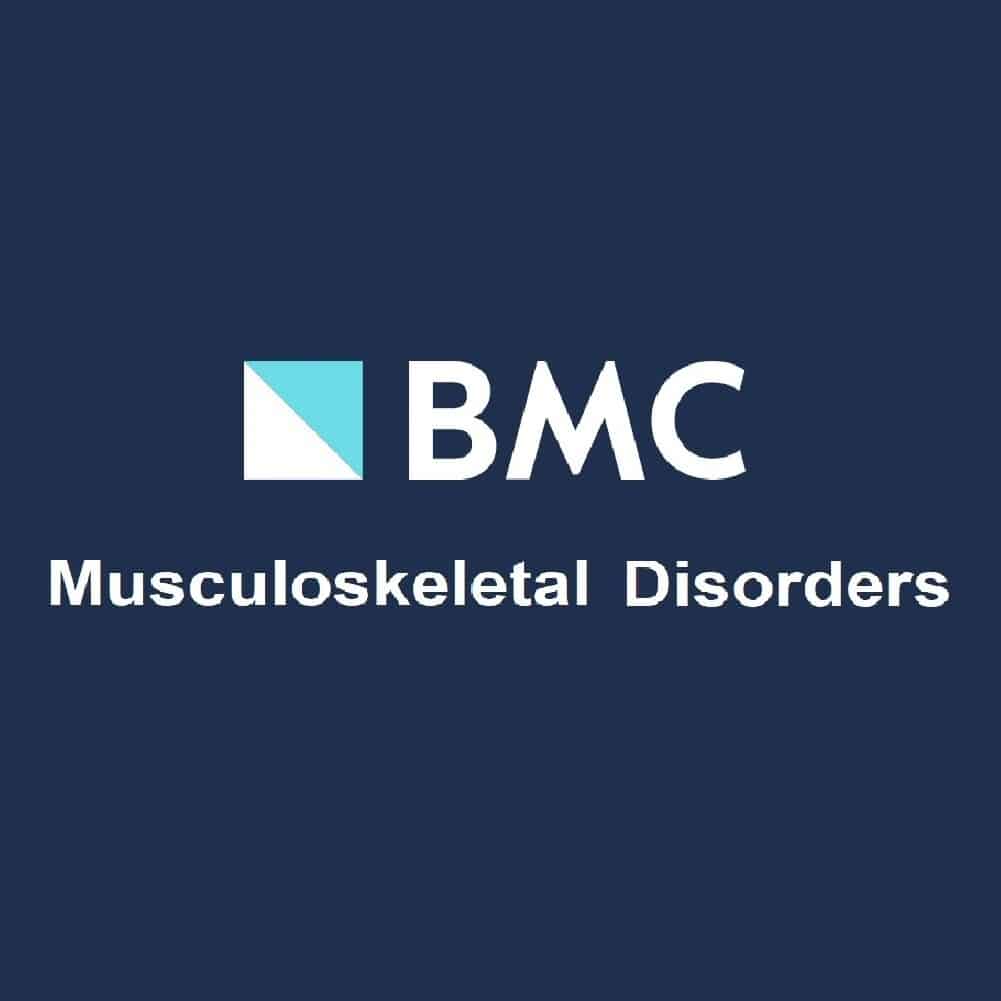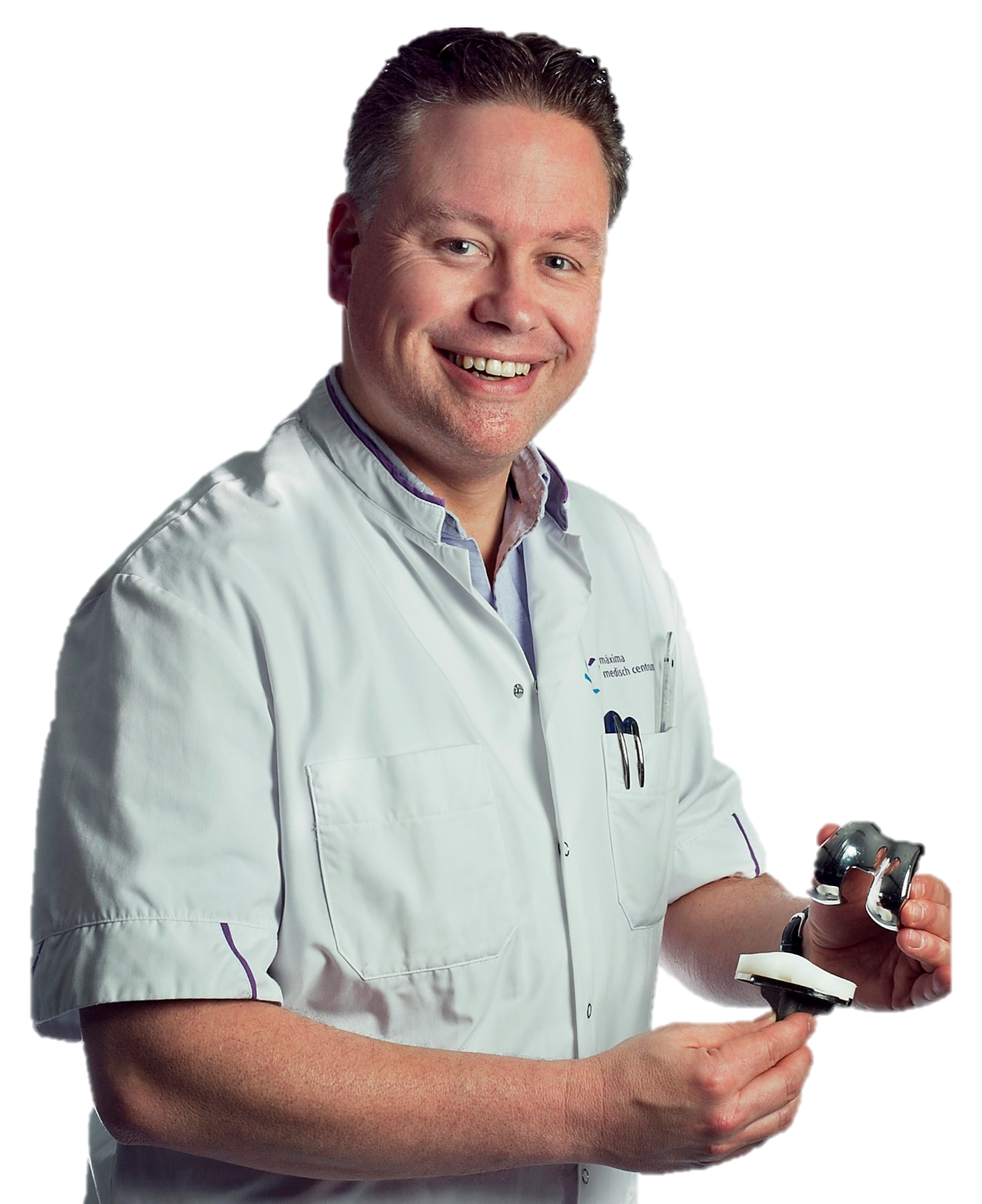De onderzoeksgroep olv dr RPA Janssen is goed...
Clinical outcomes of different autografts used for all-epiphyseal, partial epiphyseal or transphyseal anterior cruciate ligament reconstruction in skeletally immature patients – a systematic review

Abstract
Background: Different types of grafts can be used for anterior cruciate ligament reconstruction (ACLR). There is little published data regarding skeletally immature patients. The purpose of this systematic review was to assess the clinical outcomes and complications for different autograft types used in all-epiphyseal, transphyseal and partial epiphyseal/hybrid ACLR in skeletally immature children and adolescents.
Methods: PubMed, Embase and Cochrane databases were systematically searched for literature regarding ACLR using hamstrings, quadriceps or bone-patellar-tendon-bone (BPTB) autografts in skeletally immature patients. Studies were included if they examined at least one of the following outcomes: graft failure, return to sport(s), growth disturbance, arthrofibrosis or patient reported outcomes and had a minimum follow-up of 1 year. Case reports, conference abstracts and studies examining allografts and extra-articular or over-the-top ACL reconstruction techniques were excluded. Graft failure rates were pooled for each graft type using the quality effects model of MetaXL. A qualitative synthesis of secondary outcomes was performed.
Results: The database search identified 242 studies. In total 31 studies were included in this review, comprising of 1358 patients. Most patients (81%) were treated using hamstring autograft. The most common used surgical technique was transphyseal. The weighted, pooled failure rate for each graft type was 12% for hamstring tendon autografts, 8% for quadriceps tendon autografts and 6% for BPTB autografts. Confidence intervals were overlapping. The variability in time to graft failure was high. The qualitative analysis of the secondary outcomes showed similar results with good clinical outcomes and low complication rates across all graft types.
Conclusions: Based on this review it is not possible to determine a superior graft type for ACLR in skeletally immature. Of the included studies, the most common graft type used was the hamstring tendon. Overall, graft failure rates are low, and most studies show good clinical outcomes with high return to sports rates.
Keywords: Anterior cruciate ligament; BPTB; Children; Graft; Hamstring; Open physes; Patella; Quadriceps; Reconstruction; Skeletally immature.





